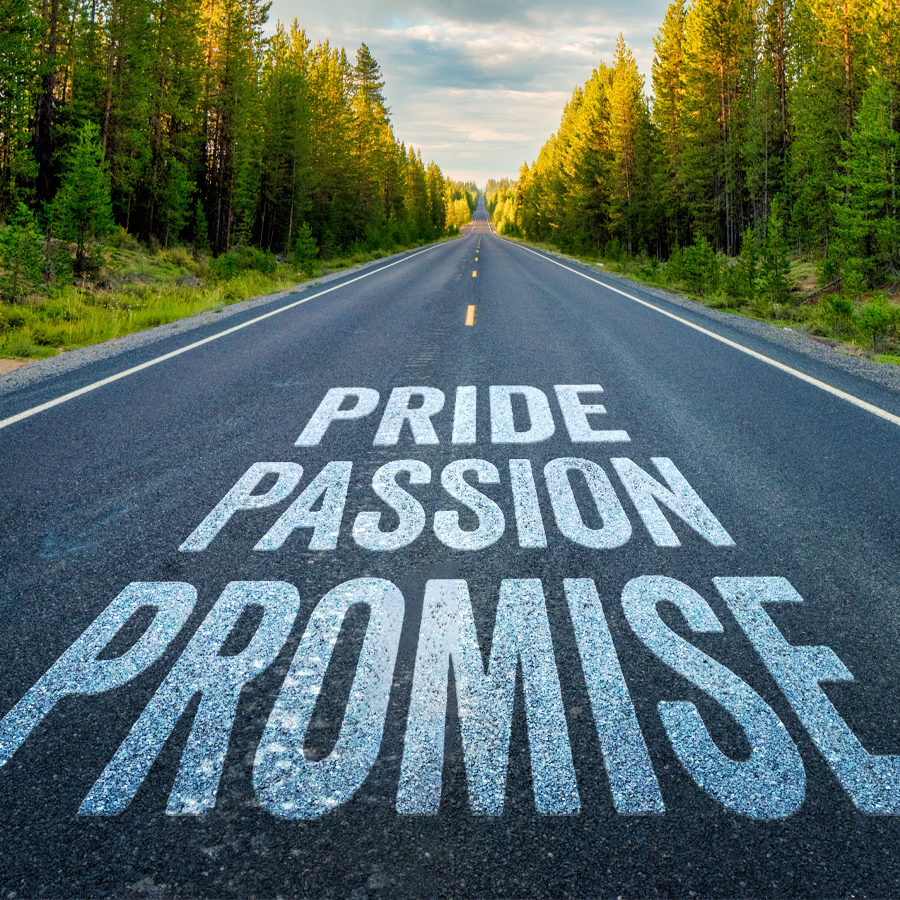Meaningful Endings Inward-Outward Activity

A strong closing has two phases, corresponding to two distinct needs among your guests: looking inward and turning outward. Looking inward is about taking a moment to understand, remember, acknowledge, and reflect on what just transpired – and to bond as a group one last time. Turning outward is about preparing to part from one another and retake your place in the work.
– Priya Parker

INTRO
This brief yet powerful closing activity not only offers a clear end to your gathering, but it also provides participants the opportunity to reflect on their experience in ways they may not consciously be aware they need, but that they do nonetheless. This versatile closing activity is fantastic for students, staff, leadership teams, peer groups, and other activities.
OBJECTIVES
- Ensure the experience’s purpose has been realized
- Provide participants the opportunity to reflect by both looking inward and turning outward
While individual thinking and processing time should be afforded, this activity should ultimately be completed as a group.
These are just a few example reflection questions we’ve used to get you started. Please feel free to personalize your closing experiences based on the specific gathering’s purpose and participants.
LOOKING INWARD: Meaning-Making and Connecting One Last Time
- What is something you have contributed to the group and/or a moment from our time together that will make our work better this year?
- Reflect on your thinking, learning, and work today. What were you most proud of?
- What lessons were learned from failure today?
- What made you curious today?
- What transpired here and why does it matter?
TURNING OUTWARD: Separation and Reentry
- What is something you are taking with you from our time together that will enhance your work in the coming year?
- Where did you meet success, and who might benefit most from what you’ve learned along the way? How can you share this with them?
- What of this experience do I want to take with me or share with other parts of my life?
- How does this experience make sense in or fit into my life outside of this specific experience?






Responses